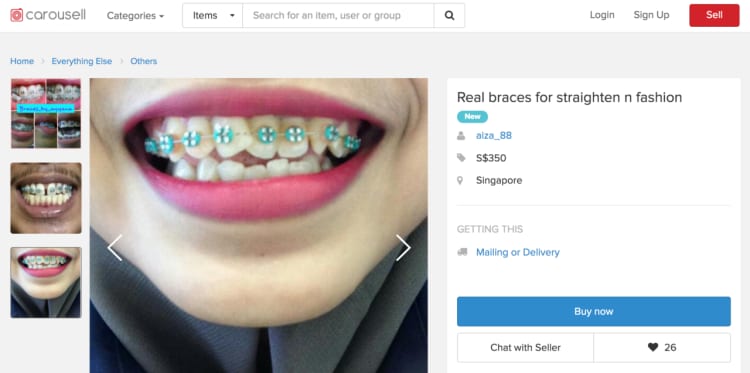An Xray of the Kidneys, Ureters and Bladder (KUB Xray) is done to look for stones, which may cause UTI or symptoms similar to UTI such as pain on passing urine or abdominal pain.
Biofilms are a collection of microorganism on a surface. Their formation begins when free-floating bacteria come in contact with an appropriate surface such as the inner lining of the bladder and begins attach to this surface. This enables the bacteria in a biofilm to stick together. Attachment is followed by a period of growth. Biofilm increases the resistance of bacteria to the host immune response and to antibiotics. Biofilms are microscopic, so they will not be visible on x-rays.
Phleboliths are small round calcifications located in veins. They are more common in the pelvis, and their significance is that they can be mistaken for stones on xrays. Phleboliths typically do not move and are harmless.
The difference between phleboliths and stones in the ureter are: 1) Round shape (stones are not typically round and have jagged edges), Position, Presence of central lucency. In some cases, a CT scan may be needed to differentiate between a stone and phlebolith.





